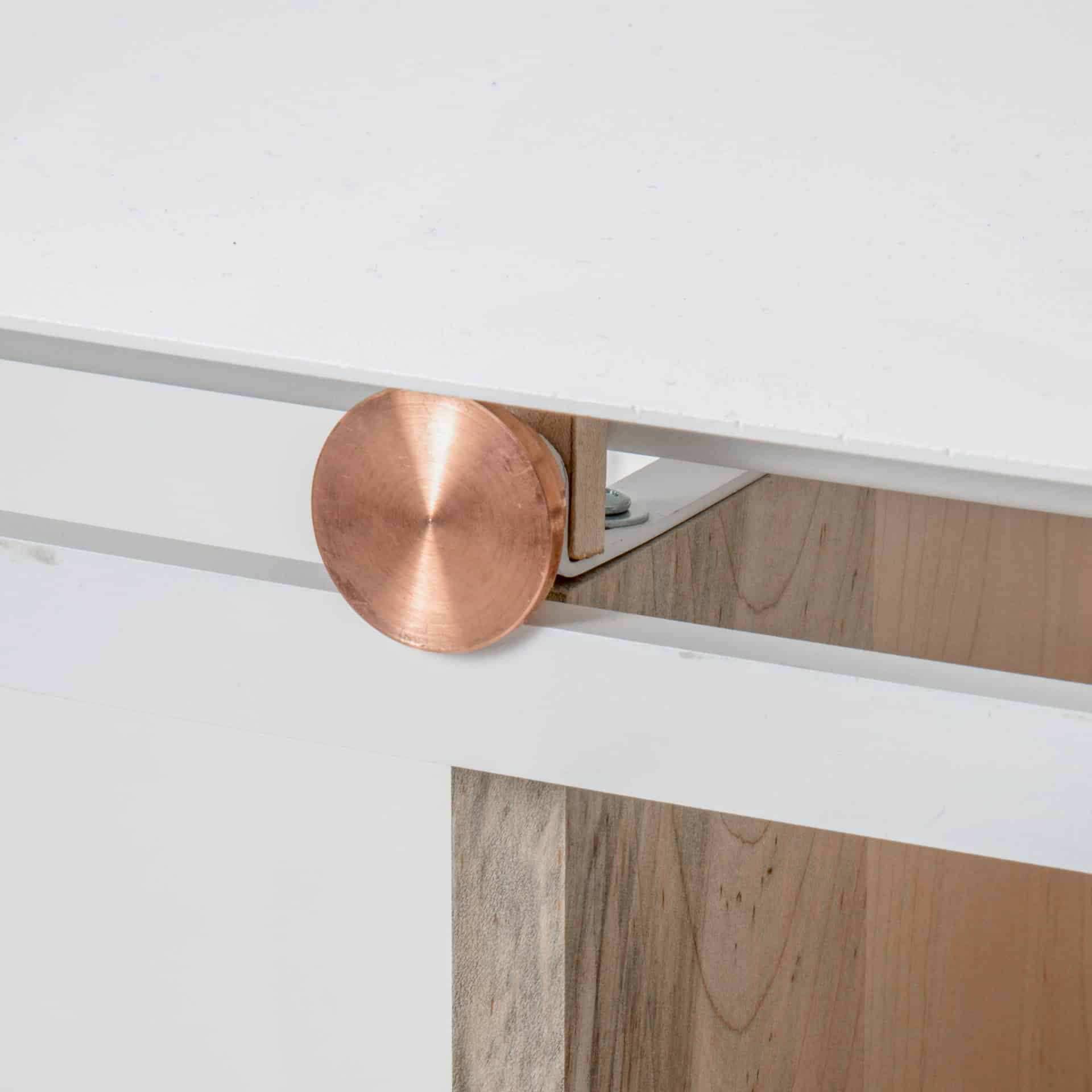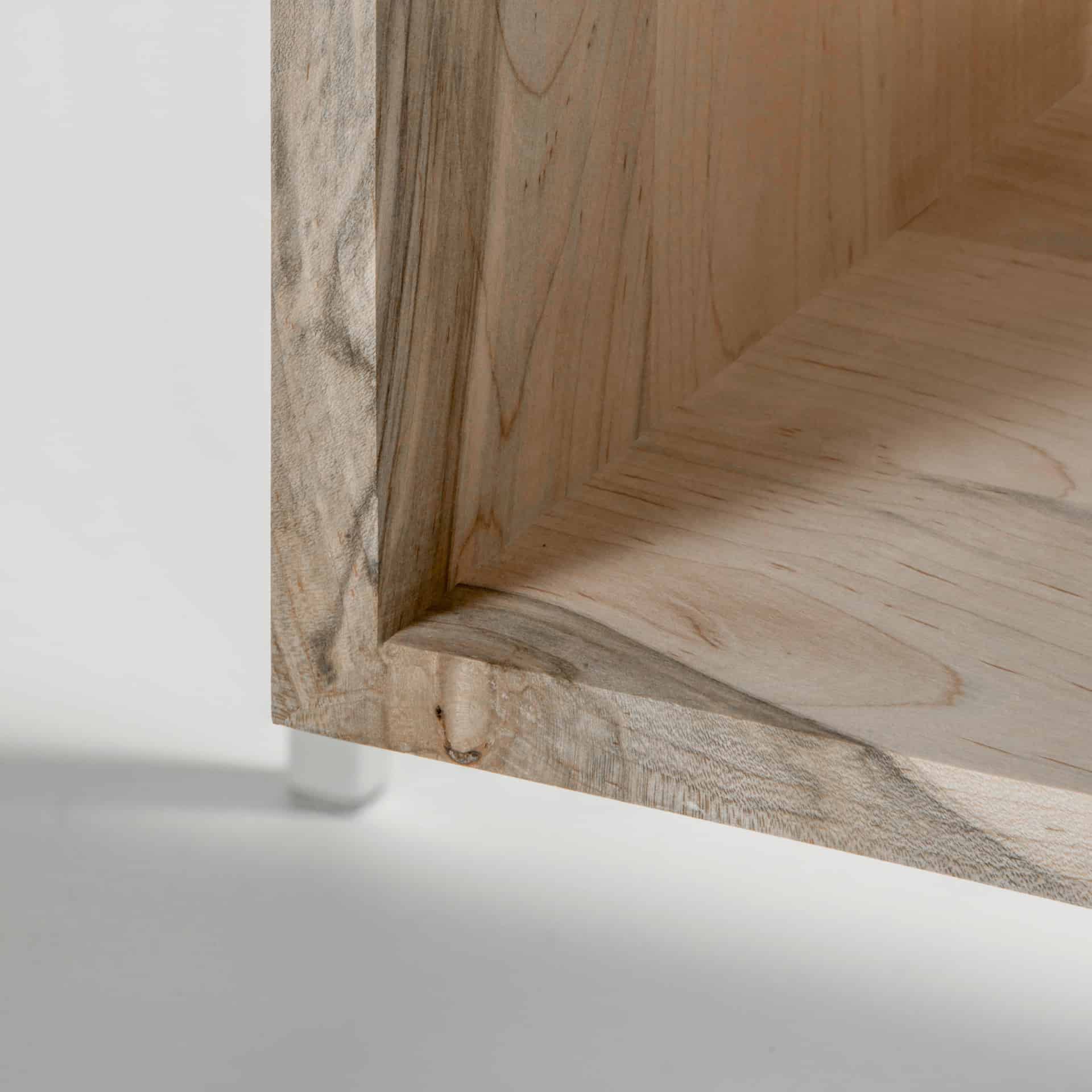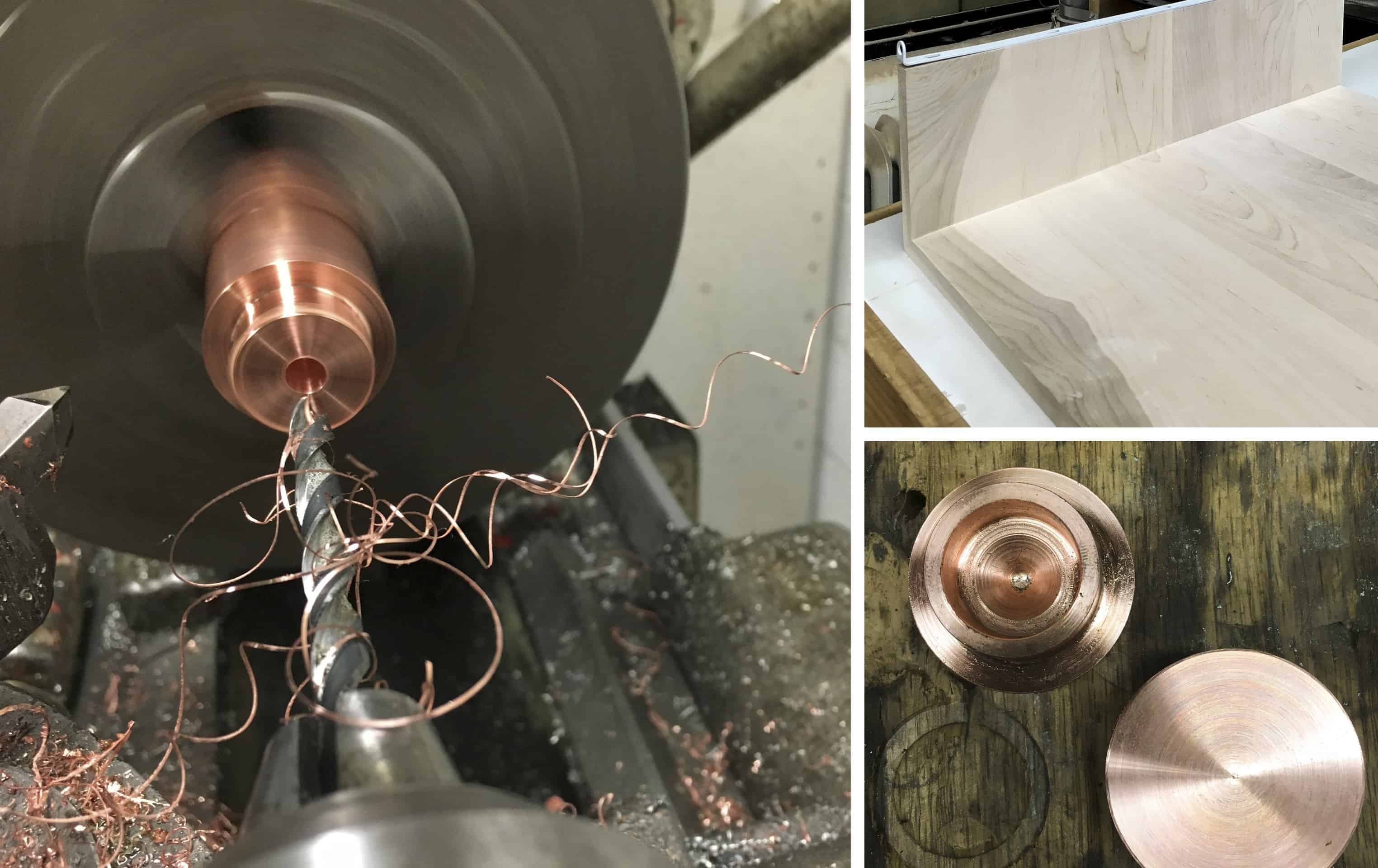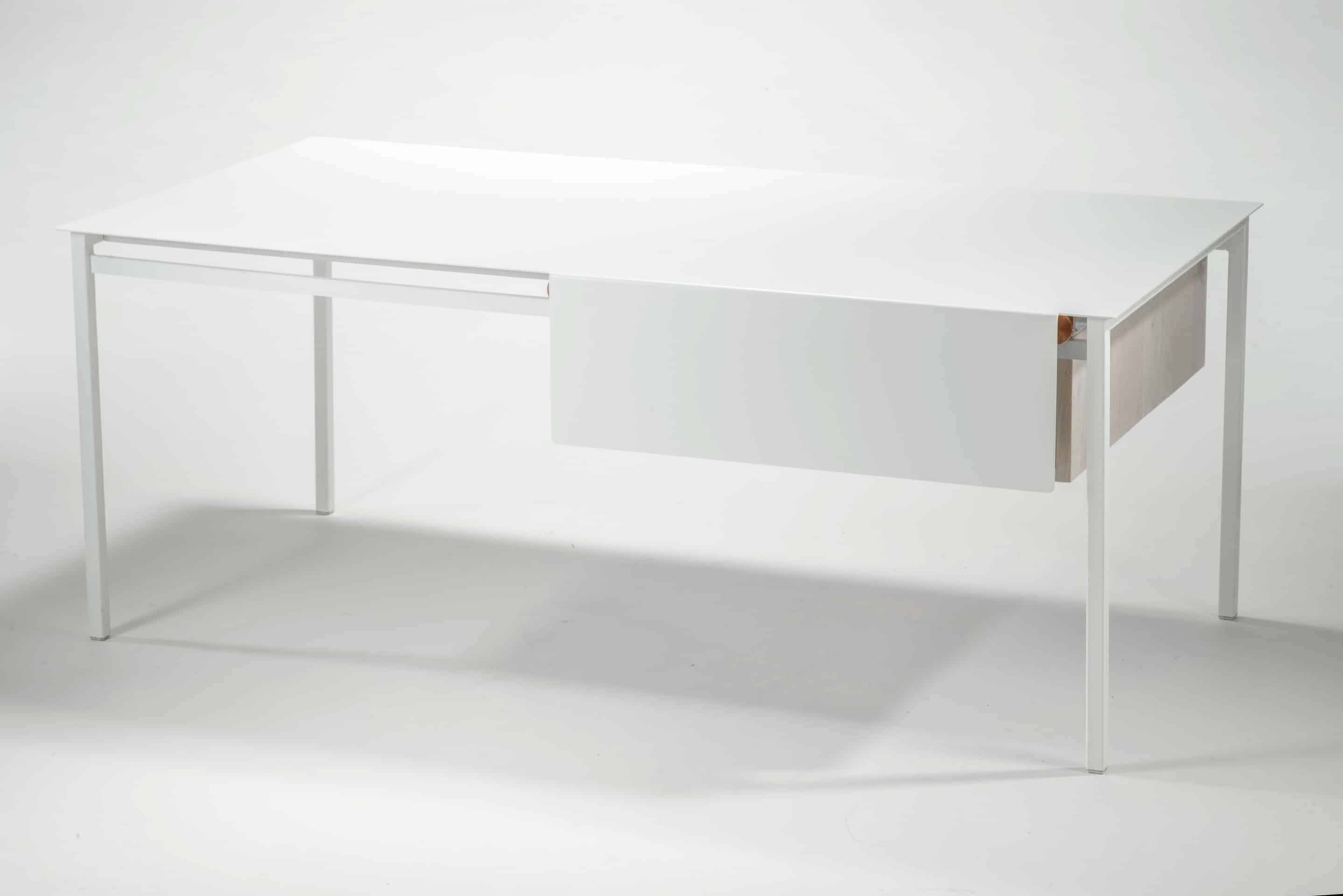Drawer

Drawer was created to test the premise that active objects and materials create engaging encounters. As an object type that is defined by movement, I wanted to bring the drawer out of the cabinet and into the conversation to challenge our assumptions about the static nature of things. This functional and unique update to the common drawer creates an uncommonly engaging place to keep everyday objects.


A drawer is an interesting thing. It is a thing in motion, it opens, closes, conceals and reveals.
The word drawer immediately conjures familiar images. Drawers exist concealed inside of cabinets or dressers, desks and tables. Their faces the only thing we see. They open outward, towards us as we reach into them from above.
I want to challenge what we think we know about drawers. Alone, drawers are rarely emphasized. Filing cabinets and chests of drawers exist solely to support stacks of drawers, yet the drawer is rarely considered beyond the sometimes elaborate face. In order to create a Drawer and not simply storage, it was important to investigate and celebrate the ‘drawer-ness’ of the piece.
Minimal yet expressive, the solid hardwood drawer is carefully composed to highlight the lively patterns that occur naturally within the wood’s grain. Dynamic copper details celebrate precise moments of connection. Full of life and activity, the signature custom wheels enable the drawer’s unique sideways rolling motion. Challenging assumptions about movement, the Drawer engages us in the simple act of opening or closing.
Supported by a strong and durable powder-coated steel frame, the table’s surface folds down to provide a screened area while still leaving ample area open for access. With its effortless sideways rolling motion, Drawer can be open to display a beautiful book or closed to partially conceal a group of remotes.


The process for creating the drawer began with sketching and research.
The dictionary definition of a drawer is far less specific than many of us might think, and is simply: “a box-shaped receptacle, fitting into a space in a cabinet or table, so that it can be drawn out horizontally in order to get access to it.” (OED 2015, drawer) This definition makes no demands of the object that holds the drawer to enclose it, merely that provides a space for it to be. The movement of a drawer is specified as ‘out horizontally’, but not that it is accessed in any particular way or even that it must move ‘out from under’ or ‘out from within’; the movement merely needs to be ‘out’ and ‘horizontal’.
With the dictionary definition in mind, my focus turned to discovering what the visual language is that defines a drawer. Through a series quick drawings, using as few lines as possible to convey the idea of a drawer, I began to understand just how much of the familiar forms were needed to communicate the idea. From sketching, I immediately moved to full scale mock-ups. I began in cardboard to quickly understand the form, shifting to dowels, conduit and form core for a more sturdy test of the moving parts.
It was through these initial mock-ups that I began to see the importance of the drawer’s motion and the opportunity for subtle twist in the design of the mechanism that facilitated it. I ran through a series of options from slides, to glides and ultimately settled on wheels and a track.
The wheel was a perfect tool for this subtle challenge to the typical drawer. Often they are also concealed within complex modern glide assemblies and when visible, wheels have an immediate legibility in their form and function.
With their circular forms, wheels even begin to resemble a drawer pull, that archetypical drawer interface. The visual shift is subtle, the round form still signals that this is where engagement begins. It is in the sideways rolling movement that the Drawer becomes unique.

Objects designed as perfectly functional yet open to subtle misinterpretations, can challenge assumptions and begin to spark questions. Through motion Drawer becomes more than simply storage and through materiality and form the piece conveys its activity. The encounter creates a subtle change in an expected outcome; in its own way, Drawer begins to engage us in a conversation.
Seems Cool :D
This is beautiful, pretty nice story too..